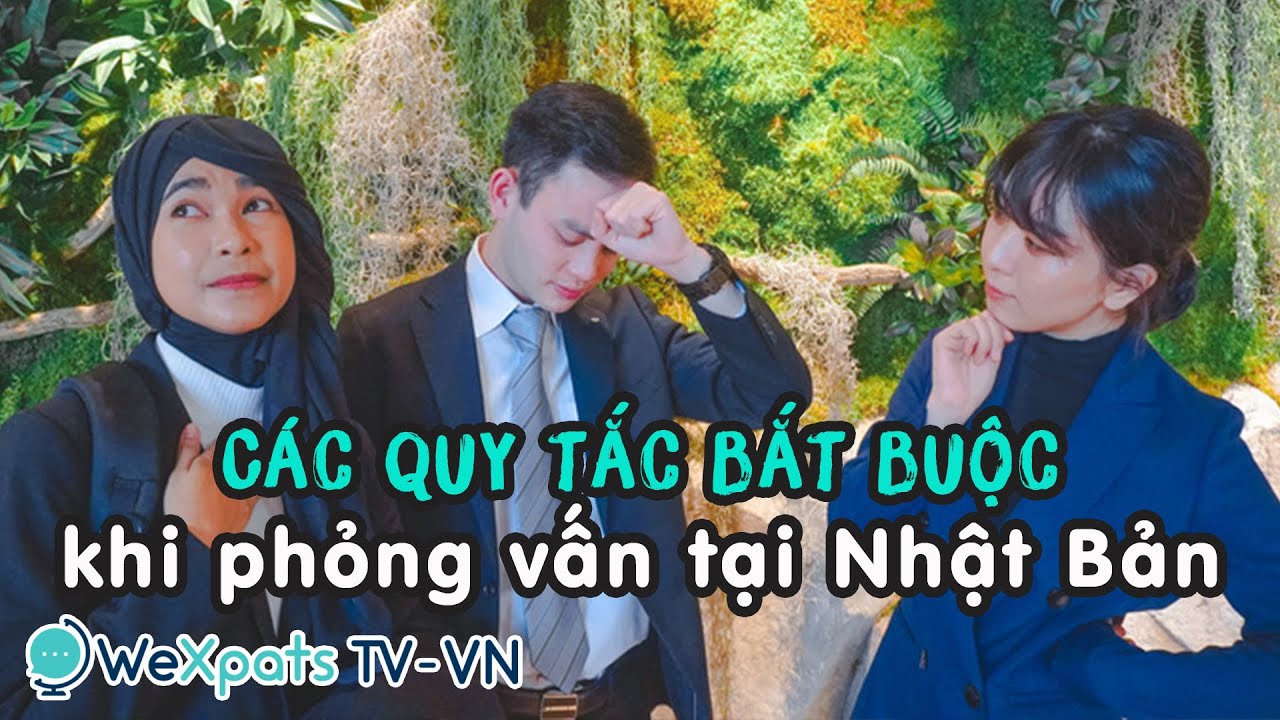Nara Park is located in the town of Nara, Japan and is one of the oldest in Japan. It houses a large number of deer which tourists usually feed, one of the main attractions of the park. Moreover, the large park has several other attractions definitely worth seeing.
Table of Contents
- History of Nara Park
- Nara Park's Best Attractions
- Tea Time in Nara Park
- Access to Nara Park
- Takeaway
History of Nara Park
First opened in February 1880, Nara Park is a huge expansive park more than 1,000 acres wide and includes several attractions like Todaiji and Kofukuji. The park is also well known for its deer inhabitants.
Why are there deer in Nara Park?
Deer are considered sacred to Kasuga Taisha that houses Takemikazuchi, the God of Thunder. One of Takemikazuchi’s legends involves him traversing across Japan from Ibaraki to Nara on a white deer. The deer are therefore considered sacred and illegal to harm - no matter how aggressive they can get!
Writer's Pick
Nara Park’s Best Attractions
Nara Park is home to several great attractions, so make sure to visit them all.
Todaiji
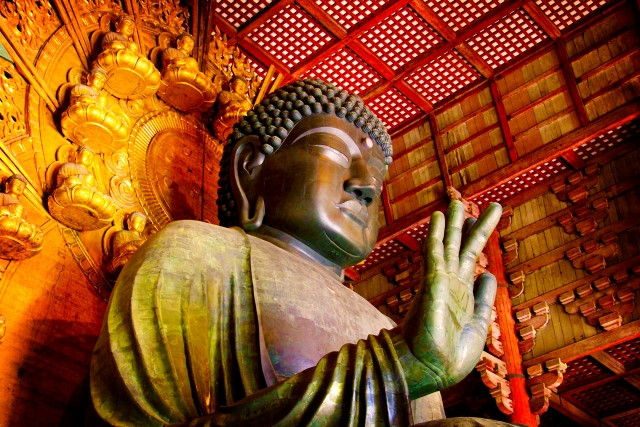
Also known as the “Great Eastern Temple”, Todaiji is famous for housing the Nara Buddha. Nigatsu-do, one of the temple’s most celebrated halls, also holds the annual Shuni-e or fire ceremony to pray for repentance.
To learn more about Todai-Ji and what it has to offer, read this article:
Todai-ji, A Mighty Temple and Landmark of Nara
Kasuga Taisha
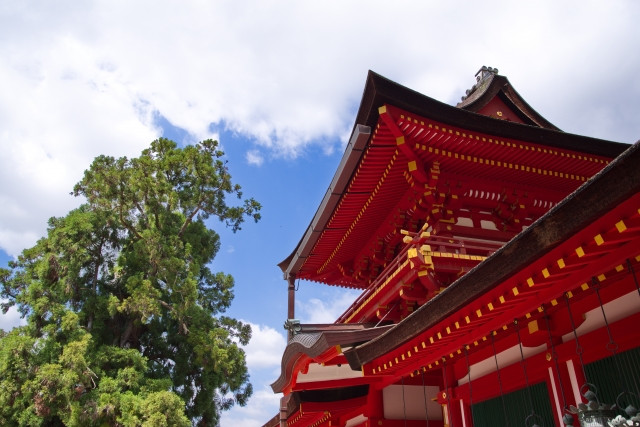
With over a thousand years of history, Kasuga Taisha enshrines several deities including four major ones:
-
Futsunushi, the God of War
-
Takemikazuchi, the God of Thunder
-
Ame no Koyane
-
Himegami
The lanterns that adorn Kasuga Taisha shrine have intricate designs. The best time to visit the shrine is February and August for the lantern festival when every lantern is lit. The shrine also has a museum exhibiting beautiful shrine relics, and a botanical garden dedicated to bringing to life the flora depicted in poems of Manyoshu, the oldest Japanese waka or poetry anthology. This garden is one of the best spots for wisteria viewing in May.
Note: Kasuga Taisha is free to visit. The museum and gardens have entry fees.
Entrance Fee:
-
Kasuga Taisha Museum 500 yen (Adult)
-
Manyo Botanical Garden 500 yen (Adult)
Nara National Museum
Nara National Museum exhibits a collection of Buddhist traditional art including statues, paintings, calligraphy, archaeological discoveries, and more. The museum also holds special exhibitions so visitors can experience new works of art each time you visit.
Entrance Fee: 700 yen (Adult)
Isui-en Garden
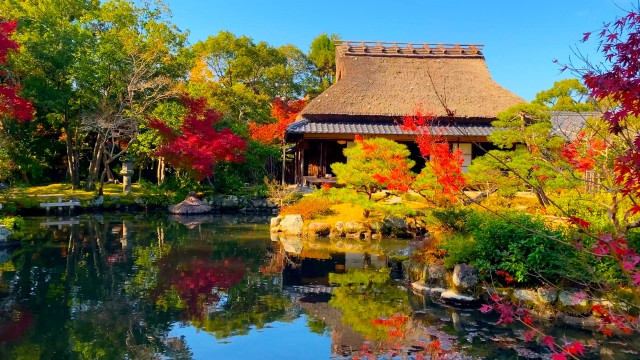
Near Todaijii and right next door to Nara National Museum is Nara’s prized garden Isuien. The garden’s most prominent feature is its “borrowed scenery” concept. You can enjoy a view of Mount Wakakusayama, Todaiji’s Nandaimon Gate, and other picturesque mountainous scenery from the garden. It also has many tea houses, some of which you can enjoy a tea break with traditional sweets or even a proper set meal whilst enjoying the pleasant view.
Entrance Fee: 1,200 yen (Adult)
Note: Closed on Tuesdays and during maintenance periods.
The Deer of Nara Park
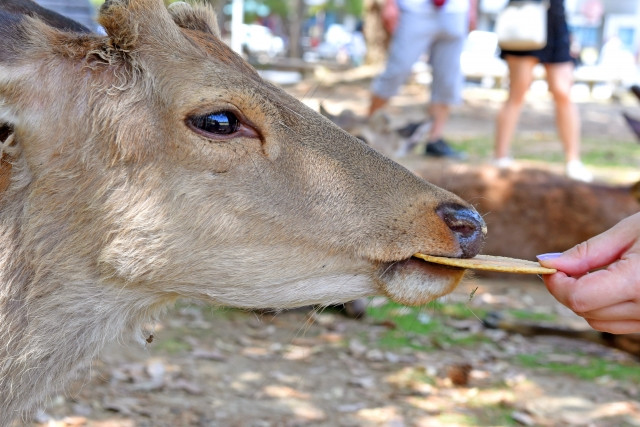
We’ve mentioned the deer several times already but here’s some more information about them. The deer, or shika in Japanese, love tourists because they get to eat deer crackers or shika senbei. You can get them for less than 200 yen. Be careful as the deer might get excited when you’re holding crackers. The Nara shika are also known for bowing to people. This is because of learned behaviour - they bow, they get crackers. They may also bow to you if you bow to them.
※ Visit Nara, “Nara’s Sacred Deer”
Antler Cutting Ceremony
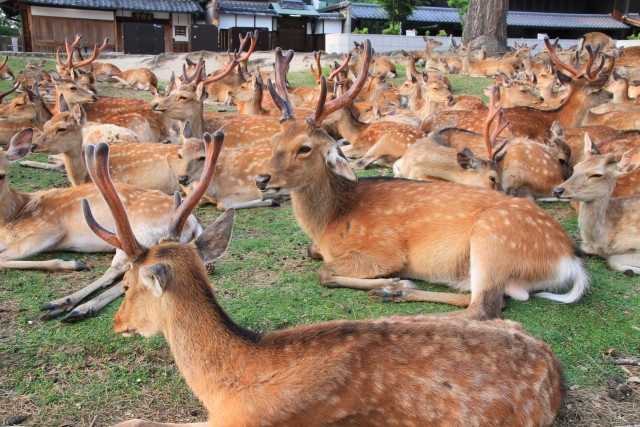
If you visit in October, you can witness a one-of-a-kind event - the trimming of deer antlers. This ceremony is performed in Kasuga Taisha’s Rokuen. The antlers of male deer are cut to prevent them from harming their fellow deer as well as visitors, especially since they can get quite aggressive. The deer handling staff will wrangle a deer and get it on its side, and several helpers will hold the deer down whilst someone saws the antlers off. But don’t worry! It doesn’t hurt the deer and the antlers grow back!
Entrance Fee: 1,000 yen (Adult)
※ Visit Nara, “Deer Antler Cutting”
Tea Time in Nara Park
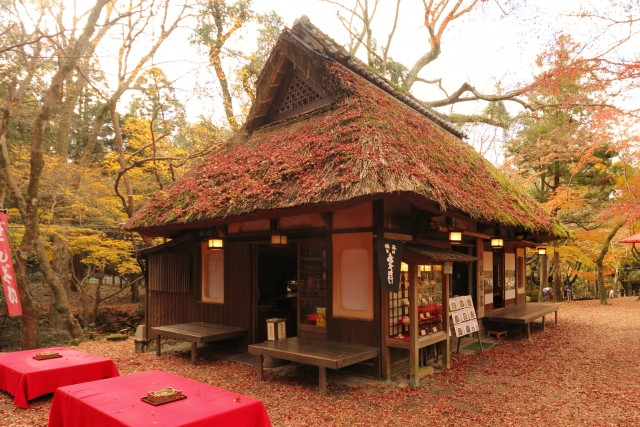
There are several tea houses in Nara Park to relax, enjoy, and refresh yourself with gentle soothing teas and delicious bites. Here are just some of them:
Kasuga Ninai Jyaya
This teahouse is located near the main gates of Kasuga Taisha Manyo Botanical Garden (above). It makes for a good resting stop after exploring Kasuga Taisha and the Garden. The tea house’s name is derived from “Ninai Jyaya,” a traditional method of boiling water for tea involving a naturally made fire with a bamboo blowpipe. The teahouse serves traditional Japanese food & drinks like matcha, porridge, mochi, and more.
Mizuya Chaya
Located a little north of Kasuga Taisha is Mizuyachaya. This little tea shop offers matcha, a large selection of udon, dango, warabi-mochi, and more. They have indoor as well as outdoor seating (On traditional tatami? Cool!). Their bestsellers are udon and matcha so make sure to give those a try.
※ Tablelog, “Mizuya Chaya” ※ Visit Nara, “Mizuyachaya”
Rokumeien
A little east of Todaiji is a mom-and-pop restaurant called Rokumeien. Aside from Japanese sweets like warabi-mochi and zenzai (red bean soup with grilled mochi or dango), they also serve curry udon, udon dishes, ramen, sandwiches, kakigori, and more. You can enjoy a short tea break or a proper lunch meal here.
Aside from the above, there are several restaurants around Nara Park you can dine at as well, such as high-class French restaurant Le Terrasse, Japanese restaurant Satei Yusui, and Western restaurant Le Case, all of which are centred around Deer Park Inn.
Access to Nara Park
The best way to get to Nara from Kyoto is via the Nara Line. From Kyoto Station, take the rapid train to Nara Station. This takes around 50 minutes and costs 720 yen. You can also take the Kintetsu Limited Express which is faster, making the trip in less than 40 minutes but costing more at 1,160 yen.
From JR Nara Station’s East Exit bus stop, take the local bus for around 7-mins to Todaiji Daibutsu-den or Kenchoazuma bus stop.
Takeaway
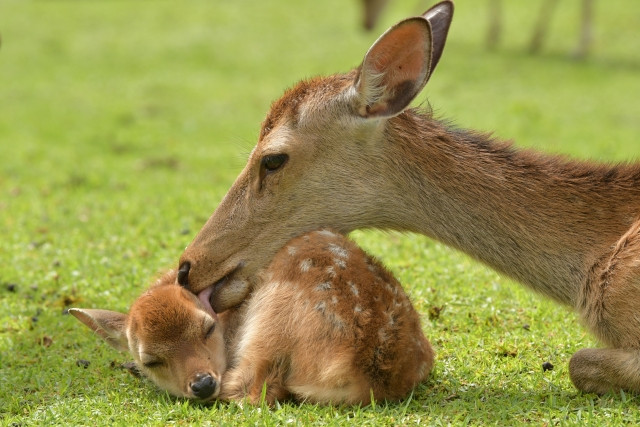
The first thing people think of when talking about Nara is the wandering deer around Todaiji. What many people are unaware of is that all these best sights of Nara are actually located within Nara Park. From deer antler cutting to traditional tea shops, beautiful Japanese gardens to museums, there are plenty of things to do in Nara Park.
You can try to finish it all in a day-trip to Nara or take it easy and slowly enjoy the sights. If you think this is a lot to cover in one day, well, we haven’t even covered all there is to do in the park yet, so think about that!



















.jpg)



